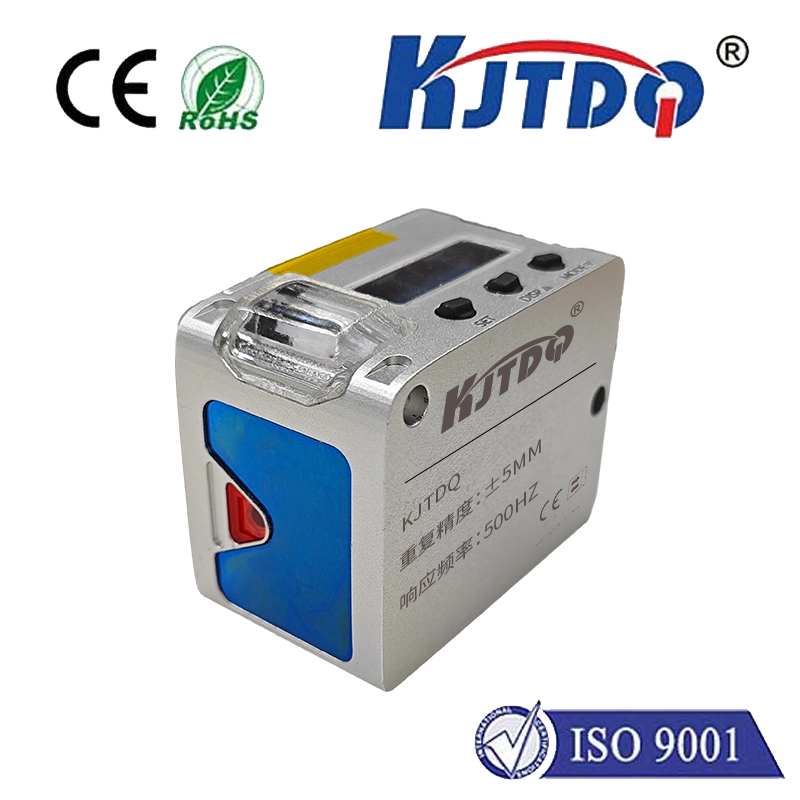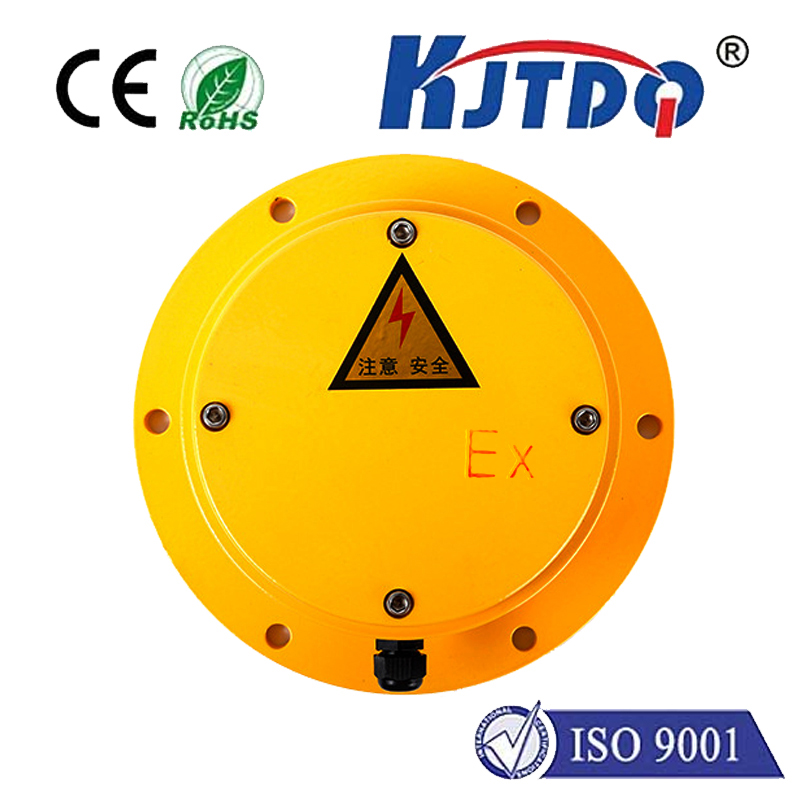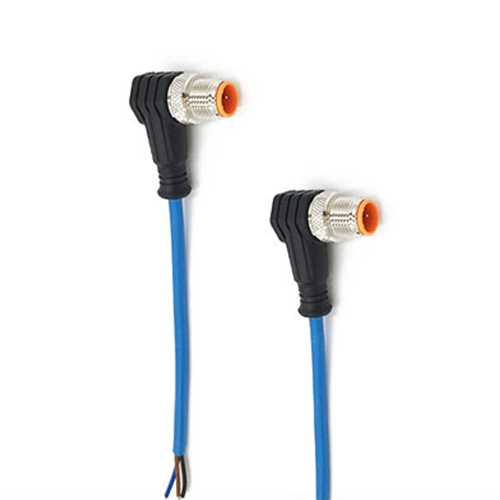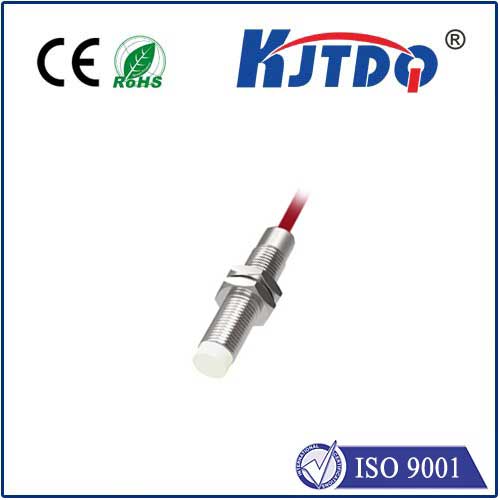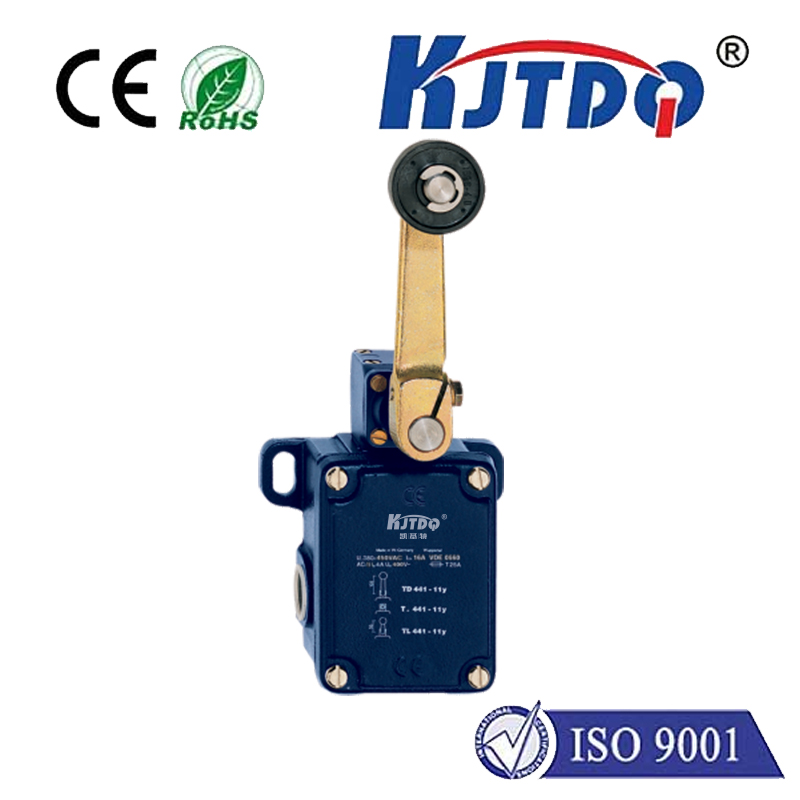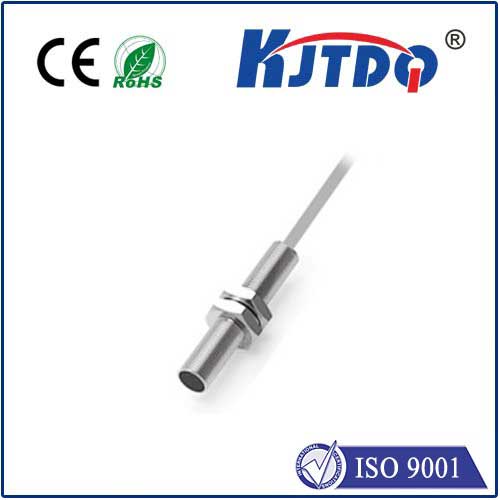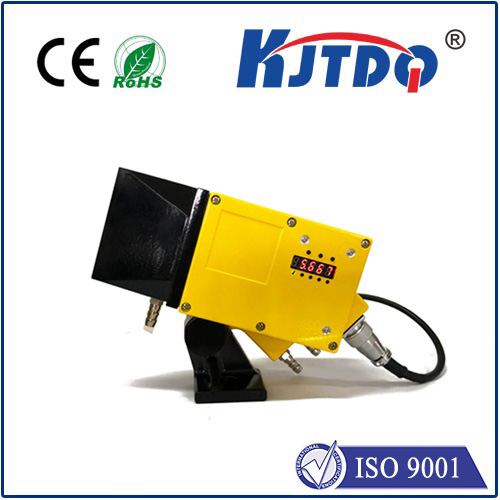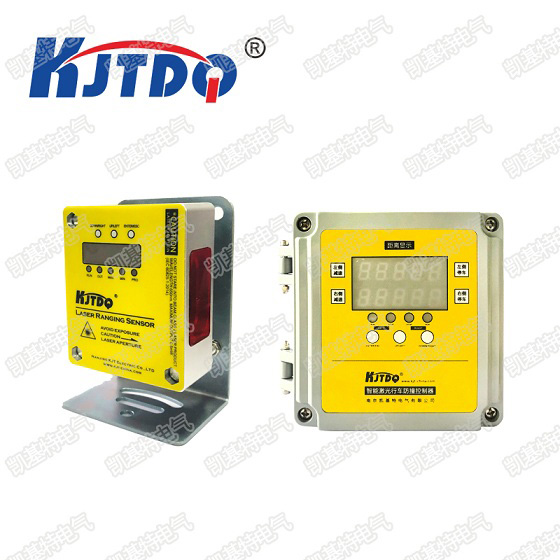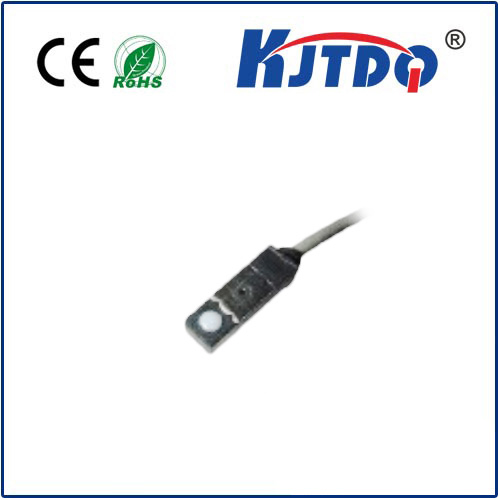types of inductive proximity sensor
- time:2025-06-27 00:10:16
- Click:0
Inductive Proximity Sensors: Your Guide to Key Types & How They Work
Imagine a bustling factory assembly line. Metal components whiz by at blinding speed, needing precise positioning for robotic arms, accurate counting, or verifying presence before critical operations. Contact-based switches would wear out in minutes. How does this all happen reliably, without physical touch, in dusty, dirty, or wet environments? The answer often lies in a workhorse of industrial automation: the inductive proximity sensor. Understanding the different types of inductive proximity sensors is crucial for selecting the right one for your application.
At its core, an inductive proximity sensor is a non-contact detection device specifically designed to sense the presence of metallic objects. Unlike optical or capacitive sensors, its operating principle relies solely on electromagnetic fields. Here’s the fundamental mechanism:

- Oscillator Circuit: Inside the sensor face, an oscillator generates a high-frequency electromagnetic field.
- Eddy Currents: When a metallic object enters this field, it induces swirling electrical currents called eddy currents within the target material.
- Damping Effect: These eddy currents draw energy from the sensor’s oscillating field, causing it to dampen or reduce in amplitude.
- Detection Circuit: A dedicated circuit monitors this drop in oscillation amplitude.
- Output Signal: Once the damping exceeds a preset threshold (indicating the target is close enough), the sensor triggers its solid-state output (usually a switch like NPN/PNP transistors).
This principle makes them exceptionally durable – no moving parts to wear out – and ideal for harsh industrial settings where oil, coolant, dust, or vibrations are present. But not all inductive sensors are created equal. The primary distinctions arise from their physical design, shielding, and output characteristics. Let’s delve into the main types of inductive proximity sensors:
- Shielded (Flush-Mountable) vs. Unshielded (Non-Flush Mountable):
- Shielded Sensors: These sensors feature a metal ring surrounding the sensing face. This ring focuses the electromagnetic field primarily forward, perpendicular to the face. This crucial feature allows them to be flush-mounted in metal panels or brackets without the surrounding metal triggering the sensor. The shielding minimizes lateral sensing, leading to a shorter nominal sensing distance (Sn) compared to unshielded equivalents, but offering much greater installation flexibility in tight or metallic environments. Ideal for confined spaces or when mounting directly on metal machinery structures.
- Unshielded Sensors: Lacking the surrounding metal shield, these sensors generate a more expansive electromagnetic field that extends both forward and laterally around the sensing face. This results in a longer nominal sensing distance (Sn) for the same sensor size. However, this wider field means they cannot be flush-mounted in metal. They require a specific clearance (non-metallic zone) around their barrel to prevent false triggering from the mounting material itself. Best suited for applications where maximum range is needed and mounting location allows for the necessary clearance.
- Tubular (Cylindrical) vs. Block (Rectangular) Styles:
- Tubular Sensors: This is the most common form factor. Encased in a cylindrical metal or plastic housing (typically M5, M8, M12, M18, M30, or M40 threaded barrels), they offer straightforward mounting through holes with matching nuts. Their rounded shape suits many standard applications involving detection of cylindrical or irregularly shaped metallic parts. They come in both shielded and unshielded variants.
- Block Sensors (Rectangular/Square): Designed with a flat, rectangular sensing face housed in a compact, often low-profile block. This geometry is advantageous for specific applications:
- Limited Space: Where the diameter of a tubular sensor is too large.
- Extended Range Needs: Some block designs achieve longer sensing distances within a thin profile.
- Sensing Through Thin Non-Metallic Walls: The flat face provides better coupling.
- Detection of Thin Targets: The geometry can be optimized for small or flat metallic objects. Block sensors are almost always shielded due to their typical mounting requirements against surfaces.
- DC 3-Wire vs. Analog Output Sensors:
- DC 3-Wire Sensors (Discrete Output): The vast majority of inductive proximity sensors fall into this category. They provide a simple digital ON/OFF signal (like a switch). When the target is within range, the output transistor switches state (e.g., NPN sinks current to ground, PNP sources current from positive). These are perfect for presence/absence detection, counting, basic positioning limits.
- Analog Output Sensors: These special sensors provide a continuously variable output signal (typically voltage, 0-10V, or current, 4-20mA) proportional to the distance between the sensor face and the target. Instead of a simple threshold switch, the output voltage or current increases/decreases smoothly as the target moves closer/farther. This enables applications like:
- Measuring precise gaps or positions.
- Monitoring vibration or runout on rotating shafts.
- Detecting variations in material thickness.
- Controlling processes where distance is a critical variable. Integrated electronics convert the damping effect into a proportional signal.
- Specialty Inductive Sensors:
- High-Temperature Sensors: Engineered with specialized materials and construction to reliably operate in environments exceeding standard temperature limits (e.g., near furnaces, foundries, or engines).
- Welding-Robust (Weld Field Immune) Sensors: Incorporate heavy-duty shielding and robust circuitry to withstand the intense electromagnetic interference (EMI) generated during resistance welding (spot welding), where standard sensors would malfunction.
- Factor 1 Sensors: Most standard sensors have a reduction factor (e.g., Sn for steel is defined as 1.0, Sn for stainless steel might be 0.6-0.8, Sn for aluminum might be 0.3-0.5). Factor 1 sensors are specifically calibrated to detect non-ferrous metals like aluminum or copper with sensing distances close to those achieved for steel by standard sensors.
- All-Metal Sensors: Similar in concept to Factor 1, optimized for consistent detection across various metal types with minimal reduction factor variance.
- Wide Gap / Extended Range Sensors: Designed with specific coil geometries to achieve significantly longer sensing distances than standard tubular sensors of the same diameter.
Choosing the Right Type: Key Considerations
Selecting the optimal inductive proximity sensor requires careful analysis:
- Target Material: Ferrous steel offers the longest range; stainless steel, brass, copper, and aluminum have reduced ranges. Factor 1 sensors help with non-ferrous targets.
- Required Sensing Distance: Choose a type (shielded/unshielded, size) that provides the necessary Sn with margin.
- Mounting Constraints: Can you flush mount (shielded needed)? Is space limited (block style possible)? What clearance exists (unshielded option)?
- Environment: Consider temperature extremes, need for high IP ratings (Ingress Protection) against dust/water, exposure to chemicals, or intense EMI (weld immune).
- Output Needed: Simple presence detection (discrete DC 3-wire) or precise distance measurement (analog output)?
- Physical Size: Constraints on sensor diameter or height might dictate tubular size or push towards a block design.
- Cost: Standard shielded/unshielded tubular discrete sensors are most economical; specialty types like analog or high-temperature command a premium.
Understanding these fundamental types of inductive proximity sensors unlocks their vast potential. From the predictable reliability of shielded or unshielded tubular sensors handling millions of actuations on a production line, to the






